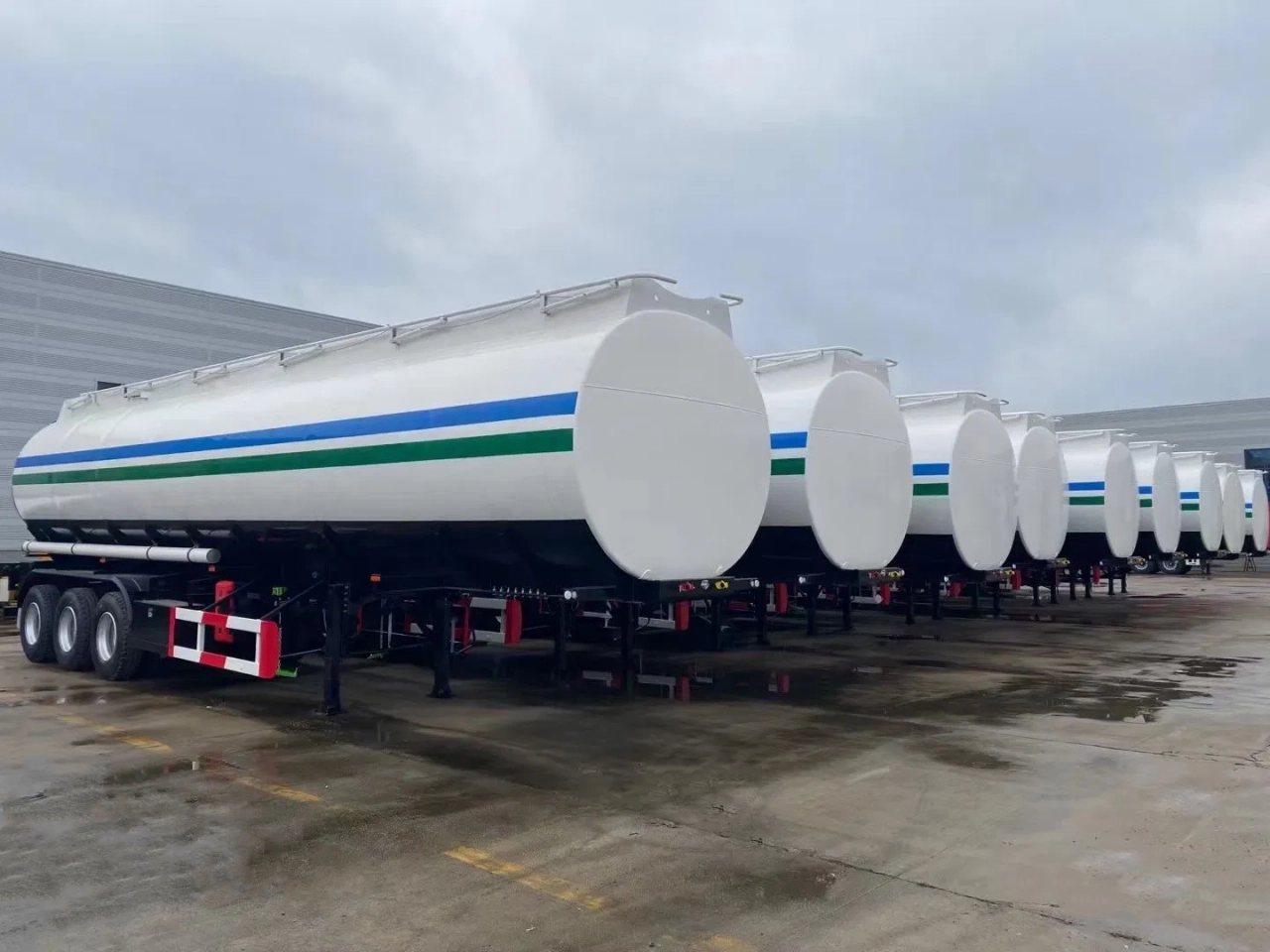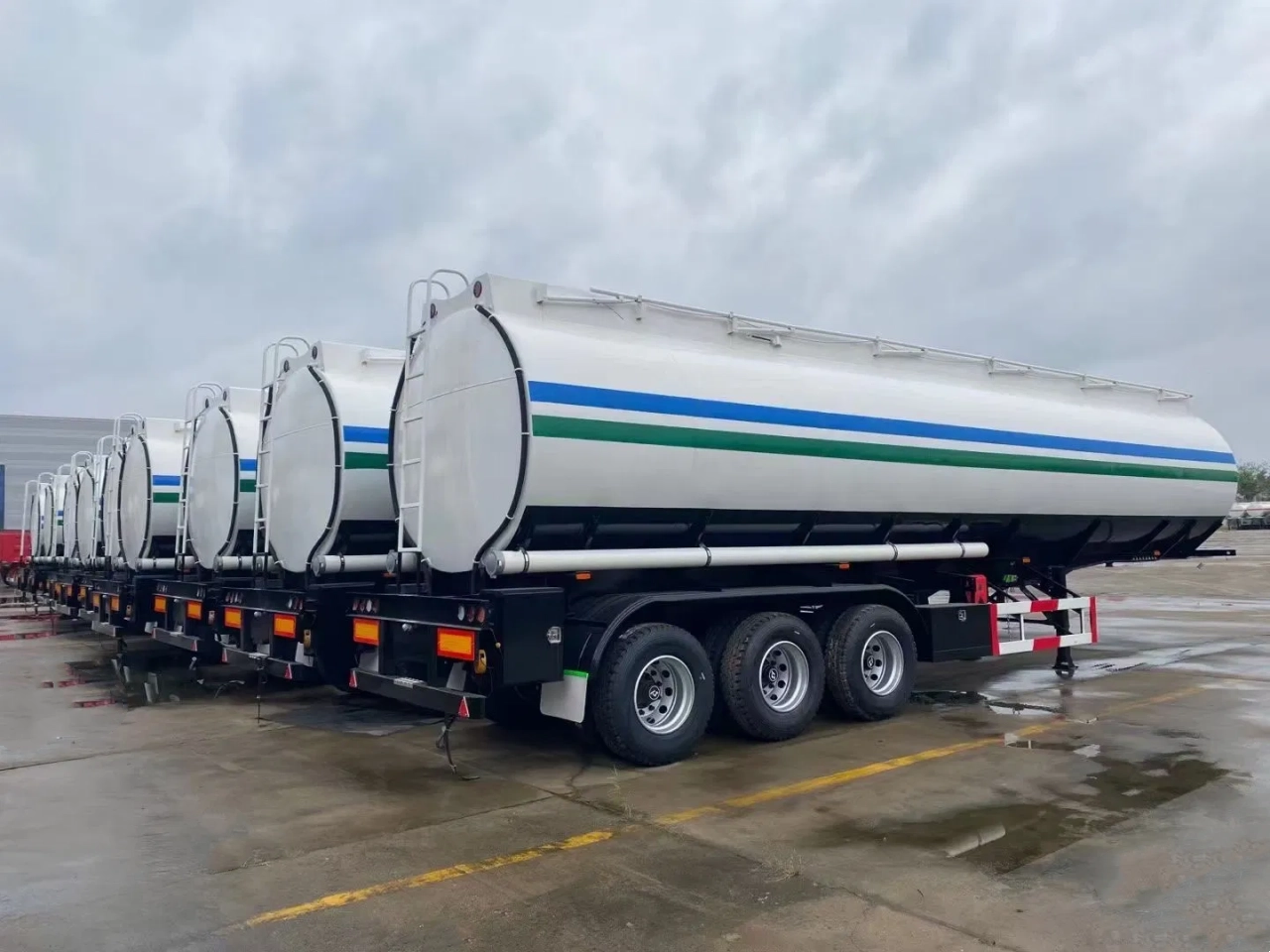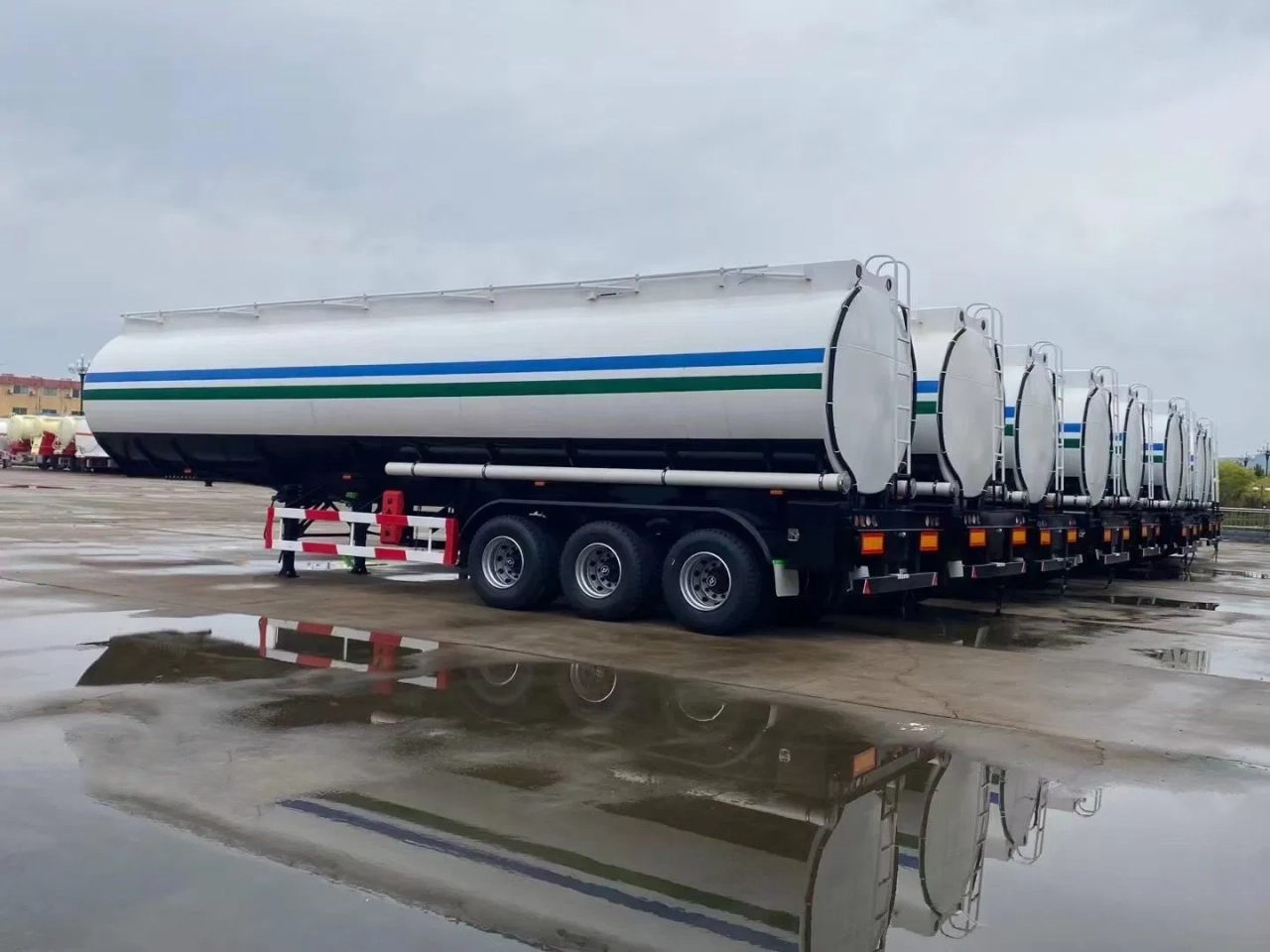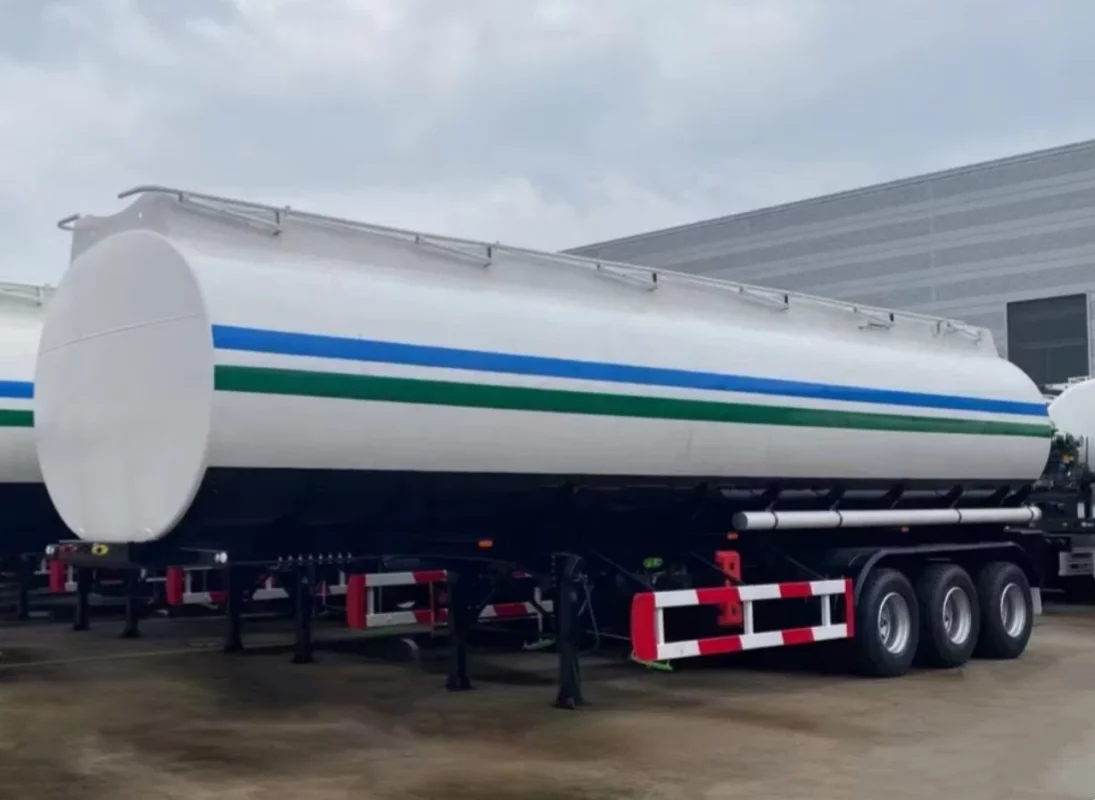Semi-trailer tankers play a pivotal role in modern transportation, facilitating the efficient movement of liquids and gases across vast distances. Their capacity, a crucial factor in their utility, varies widely depending on the type of cargo they are designed to carry and the specific needs of the industries they serve. Understanding the capacity of these tankers is essential for logistics, safety, and operational planning.
Types of Semi-trailer Tankers
Semi-trailer tankers are categorized based on the materials they transport, each with unique capacity considerations:
- Fuel Tankers: These tankers primarily transport petroleum products such as gasoline, diesel, and aviation fuel. Capacities range widely, with larger tankers capable of holding up to 11,600 gallons (44,000 liters) or more, catering to the demands of long-haul transport and distribution networks.
- Chemical Tankers: Designed to carry various chemicals, including corrosive acids, alkalis, and other hazardous substances. Capacities vary significantly depending on the chemical properties and transportation regulations, often ranging from 5,000 to 7,000 gallons (19,000 to 26,000 liters) for smaller tanker configurations.
- Water Tankers: Used for transporting potable water, these tankers range from smaller capacities of around 1,000 gallons (3,800 liters) to large capacities exceeding 8,000 gallons (30,000 liters). They support municipal water supply, emergency services, and construction projects.
- Food-Grade Tankers: Specialized tankers for transporting edible liquids such as milk, wine, and vegetable oils. Capacities are tailored to specific food safety regulations, typically ranging from 5,000 to 8,000 gallons (19,000 to 30,000 liters).
- Dry Bulk Tankers: Although primarily for dry goods, these tankers can also transport bulk liquids such as cement slurries and powdered chemicals. Capacities vary widely but can exceed 1,000 cubic feet (28 cubic meters) for dry bulk materials.

Factors Influencing Capacity
Several factors influence the capacity of semi-trailer tankers:
- Design and Configuration: Tankers are designed with cylindrical or elliptical shapes to maximize volume within legal size limits for road transport. This design factor ensures efficient use of space while complying with weight restrictions.
- Regulatory Requirements: Capacity is governed by local and international regulations concerning weight limits, axle configurations, and hazardous materials transportation. Compliance with these regulations ensures safe and legal operation on highways and within industrial facilities.
- Transport Efficiency: Efficiency considerations include payload capacity versus operational costs. Tankers are optimized to balance maximum load with fuel efficiency and operational flexibility, crucial for fleet management and logistics planning.
Technical Specifications
Beyond capacity, technical specifications define the capabilities and suitability of semi-trailer tankers:
- Material Construction: Tanks are constructed from stainless steel, aluminum, or carbon steel, chosen based on the compatibility with the transported material and durability requirements.
- Safety Features: Tankers incorporate safety features such as multiple compartments, pressure relief valves, and emergency shut-off systems to mitigate risks associated with leaks, spills, and overpressure incidents.
- Loading and Unloading Mechanisms: Tankers employ various loading and unloading mechanisms, including gravity discharge, pump systems, and compressed air discharge, tailored to the specific cargo requirements.

Industry Applications
The diverse applications of semi-trailer tankers underscore their importance across various industries:
- Energy Sector: Fuel tankers support the energy industry by transporting petroleum products from refineries to distribution points, ensuring uninterrupted supply chains for gasoline stations and airports.
- Chemical Industry: Chemical tankers facilitate the safe transport of industrial chemicals essential for manufacturing processes, agricultural applications, and water treatment facilities.
- Food and Beverage: Food-grade tankers maintain the integrity and safety of edible liquids during transport, crucial for dairy farms, wineries, and food processing facilities.
- Construction and Infrastructure: Water tankers provide essential support for construction projects, municipal water supply, and disaster relief efforts, delivering bulk water where needed efficiently.
Conclusion
The capacity of a semi-trailer tanker is not merely a numerical value but a critical parameter that defines its operational effectiveness, safety, and regulatory compliance. From transporting hazardous chemicals to delivering clean drinking water, these specialized vehicles are integral to modern logistics and infrastructure development. Understanding their capacities and technical specifications enables industries to optimize transportation logistics, ensure safety, and meet the diverse needs of a global economy reliant on efficient liquid and gas transport systems.


